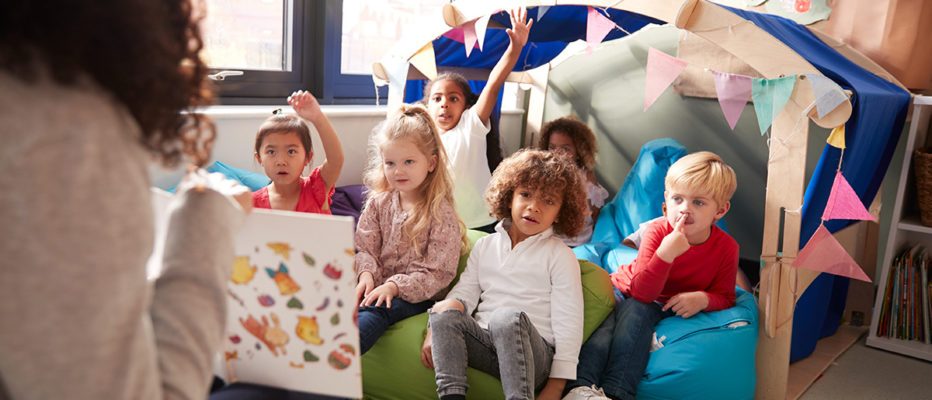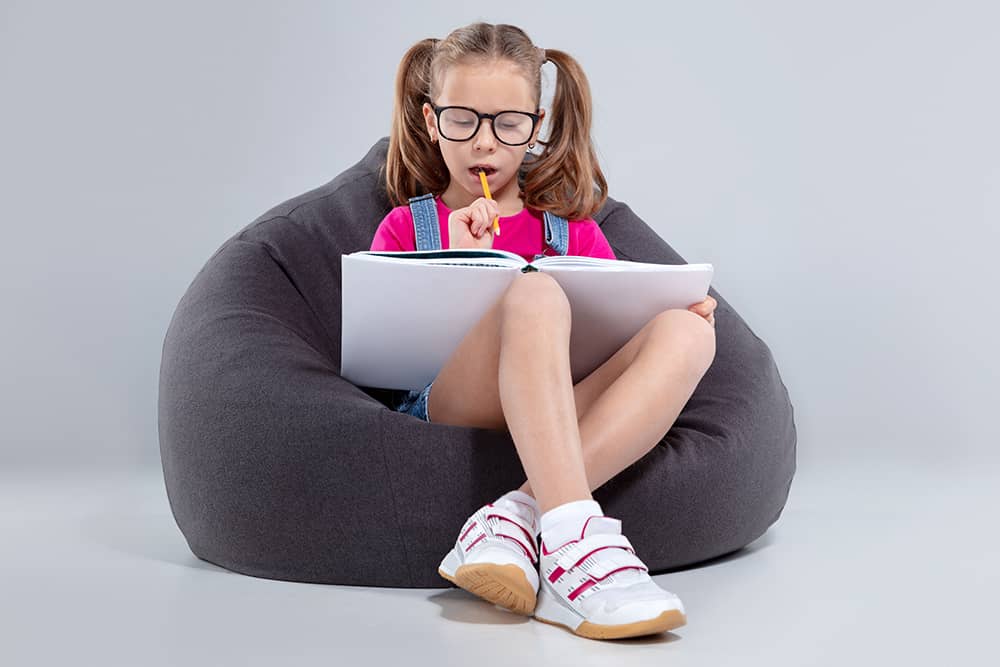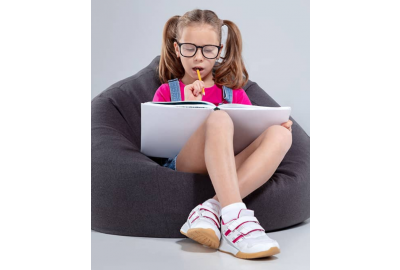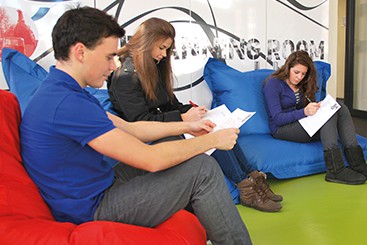

Attention, behaviour and motivation are critical to successful learning. Flexible environments and zoning can provide a superior learning setting to a traditional classroom or library layout.
Concentration is essential to ensure optimal learning outcomes.
Without their full attention, it is difficult to captivate them during lessons or to engage them to participate in an activity over a longer period of time.


University of Salford’s study on classroom design...
Learning environments can affect a child's academic progress over a year by as much as 25%.’
Flexibility. Ergonomics. Aesthetics’. Outcomes.
What if the use of flexible seating, such as bean bags and soft seating, in the classroom or in the library was the solution to creating a relaxed environment for listening and enhanced learning in the school environment?
An awkward position or one that requires special effort to maintain is a distraction and can quickly lead to a decline in focus and comfort. So being comfortable contributes to improving the quality of learning.
Different activities require different configurations. Writing tasks require a desk and a chair, or a solid writable surface but some activities such as reading, thinking or meditating are optimised with a more comfortable seat to avoid distractions.
Using alternative seating such as bean bags or floor cushions, indoors and outdoors helps improve posture. Pupils and students not having to focus on their position, become more relaxed and engaged in their tasks.
Gresswell commissioned a whitepaper from the marketing and product engineering teams of our partner Eden Learning Spaces. They conducted qualitative research drawn from the findings of 15 educational site visits and interviews with 40 educational professionals and approximately 60 pupils with extensive user testing.
They carried out initial research into the Abbeyfields School in Morpeth, Northumberland and made some rather surprising discoveries.
The first results indicate that the levels of comfort and concentration during the individual reading of children aged 6-7 years are higher when using the high-back ottoman, which is specially designed for children in the 1st and 2nd learning cycles (nursery and primary schools).
Bean bags are not just traditional rounded shapes anymore. Using expert ergonomic design, they have been transformed into supportive chair shapes, feature animal characteristics, realistic high-definition nature prints, or even have multiple removable covers with different curriculum topics in vibrant colours.
The paper explores the theme in the following contexts:
- Ergonomics & Aesthetics for Education
- Encouraging Reading
- Technology
- Outdoor Learning
- Bulge Classrooms
- SEN & Inclusive Learning
“We use them in our library and every break time students are to be found snuggled up with a book. They have worked particularly well as they provide a comfortable place to browse for those students who are less motivated readers.”
Laura Ballantyne, Subject Leader for Literacy, Beccles Free School
“The variety of colours allows children individual choice and they [bean bags] are used regularly for reading and as part of their own imaginative play activities.”
Hazel Scott, Head Teacher, Ringway First School
“Having an appealing area in the classroom means that children are motivated to want to go and read there. They enjoy the comfort and the informality that it brings, which is relaxing and different to the normal classroom set up –especially in KS2.”
Gail Mason, Year Six Teacher, St Mary’s Catholic Primary School







